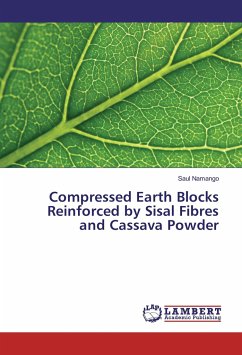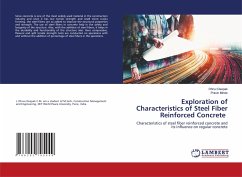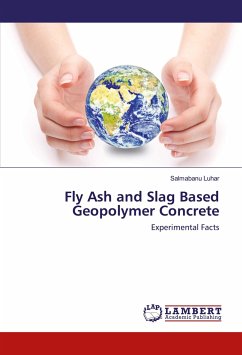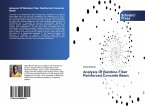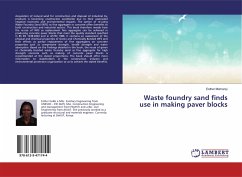The idea of "Ecological Building" has been gaining popularity in the recent past, and the present work is an effort to shed some more light towards this direction. The genesis of this book lies in the experience the author has had on the ground in a village in Kenya, where it is witnessed that the walls of mud (earth) houses made from wet soils are unable to withstand harsh rainy seasons. This book explores the use of a composite of earth reinforced with sisal fibres, for production of a low-cost and durable wall material for housing. Data on the use of cassava powder as a binder component in compressed soil blocks is also, for the first time, experimentally analyzed and provided. Strength characteristics of bricks stabilized with cement and a mixture of cement and sisal fibres is enumerated. A model to measure strength values of compressed earth blocks in the absence of a conventional laboratory, as the case is in relatively poor communities, is reported. Water transmission properties are also given. This book may be useful to professionals in the circles of "Appropriate Technology" also referred to as "Alternative Technology" and related fields of environment and engineering.
Bitte wählen Sie Ihr Anliegen aus.
Rechnungen
Retourenschein anfordern
Bestellstatus
Storno

